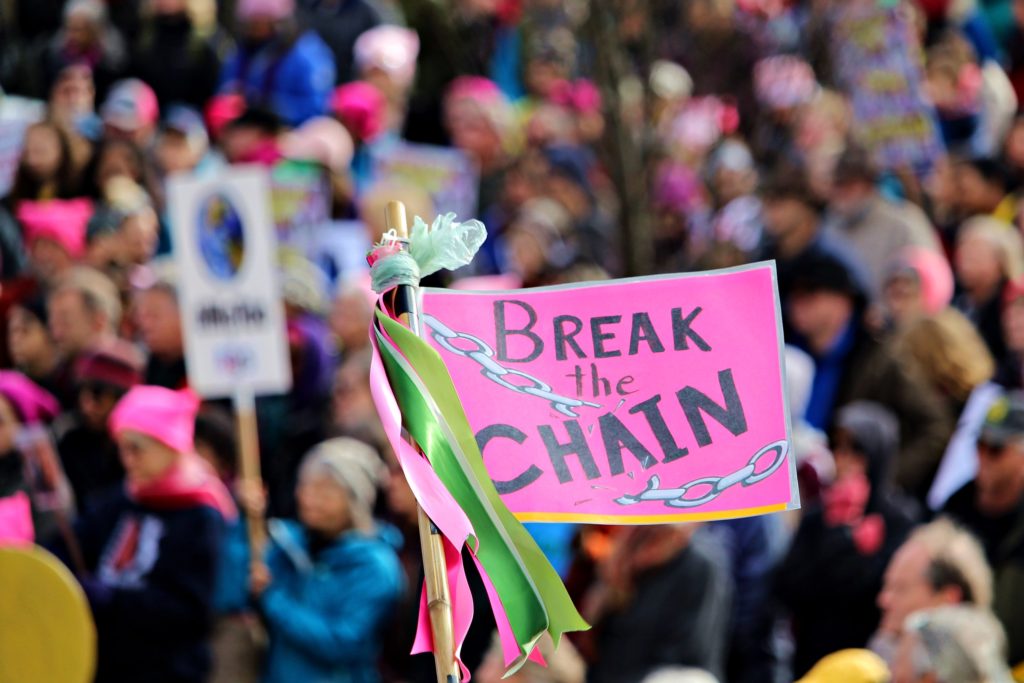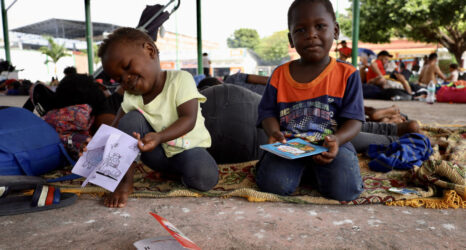This past summer, I sat in an eight-hour mediation circle with the man who raped me. My mom and sister also participated as impacted community members. Two mediators held the space and actively worked to safeguard triggers. They asked us only one question: What brought you here today?
All of this occurred after several months of therapy and extensive education in consent and patriarchy for my assailant. It was the outcome that I fought for.
This was an exercise in restorative justice (RJ)—and my mediation circle marked one of the first times in North America that a sexual assault case in the legal system concluded with one.

After I was sexually assaulted in 2016, I was given the option to report. It was a key moment in my journey: I did not want to go through a potentially re-traumatizing criminal justice process, but I also did not want “nothing.” I did a rape kit, filed a police report and began trudging through the punitive system—and after two years of PTSD and a strenuous fight for survival, I took the stand at a preliminary trial.
To say the least: The experience was horrible. I remember my assailant’s lawyer asking me invasive questions and throwing disbelief and skepticism in my face. Testifying filled my head with thoughts of self-blame. My assailant looked at the ground the entire time, never once facing the hurt he’d caused.
I kept asking myself the same question: “Who is really on trial here?”
When I began telling friends how awful my courtroom experience had been, I began articulating an alternative vision—my “justice dream.” I don’t want any of this, I remember saying. I wish I could just sit down with my assailant, have him look me in the eyes and witness my grief while I ask him the questions that have been haunting me.
Eventually, I would learn that what I had been yearning for had a name, but I didn’t know it. What I was yearning for was restorative justice.
Over the course of the next year, I continued focusing on my own healing. I had come so far: I no longer wanted to die and no longer dissociated severely or broke out into hives due to panic attacks. I was working in women’s empowerment: leading retreats, studying somatic sex education, publishing a book about gender-based violence.
I was also assisting an Indigenous elder on her retreats, and I was blessed to learn about intergenerational trauma from Grandmother Kaariina. I began viewing my rapist as not a “bad seed,” but as someone who has been raised within patriarchy, where men are taught to justify objectification and suppress their tears.
I will never justify assault—but I did begin to look at my assailant with some understanding that he, too, has a story.
When I was subpoenaed for a criminal trial, I considered dropping the charges completely—but I was still holding onto my justice dream. At the urging of a friend, I began researching ways to make it happen. I connected with an RJ-aligned lawyer, and we called a meeting with the crown; my proposal was met with a condescending assumption that I didn’t understand how bad rape is.
My response? “I believe that rape is so bad that we have to consider alternative options. We know that incarceration often leads to recidivism and that acquittals are too common. Rates of sexual assault are not declining. It’s time to try something different.” Despite the push back from prosecutors aligned with the punitive system, we eventually got a yes.
It started with a phone call: My assailant, I learned, would begin therapy right away. That was such a miraculous moment in my life. My voice was finally being heard in the system. Several months later, we met for the mediation circle. There, I got to ask my assailant the questions that had been haunting me.
How could you? What happened in your life that led you to this? What was going on in your head when you covered my mouth and ignored my “no?” He looked me in the eyes and answered, shedding tears for the pain he caused.
My mom voiced her heartbreak for the hurt done to me. My assailant apologized from his very depths. He took ownership and said: “I sexually assaulted you. I’m so sorry. There’s nothing I can do to take it back, but I hope being here today can help.” I burst into tears of relief instantly.
That moment of accountability will stay with me forever. I am glad that my assailant will not be incarcerated or acquitted. I truly believe that this experience was transformative for him, and it was transformative for me, too. In every moment of this process, my needs and boundaries were given first priority. And I’ve heard incredible stories within RJ of harm-doers becoming community leaders in violence prevention.
I’ve now founded the Re-Humanize movement, alongside my mother—a foundation focused on enhancing RJ accessibility and awareness. We center survivors’ voices and actively work to make justice synonymous with healing.
I am determined to live in a world where we believe in each other’s capacity for transformation. My story makes me believe that building it is possible.





